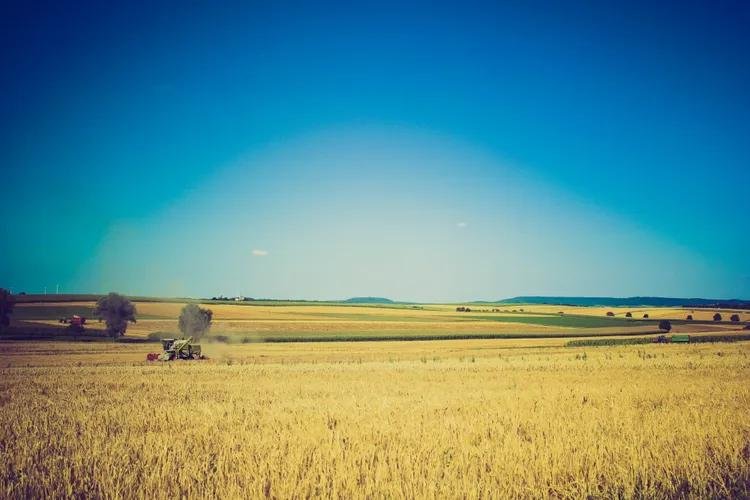Domestic Market
1. Urea: The domestic urea market saw a slight increase. With the implementation of export self-regulation quotas, futures opened sharply higher, suppliers significantly raised their quotations, and new orders were well-executed. Traders were the main buyers, while downstream demand remained relatively calm, with limited enthusiasm for further price increases.
2. Compound Fertilizer: The domestic compound fertilizer market remained strong due to the continued surge in raw material prices for sulfur and ammonium phosphate. Industry operating rates remained at a low range of 34%-36%, with companies primarily producing to order. Some companies cancelled low-priced sulfur-based fertilizer quotations, and new winter storage prices are planned to be released in mid-November.
3. Phosphate Fertilizer: The monoammonium phosphate market was driven by a surge in sulfur prices, leading to a continued price increase. Many factories still suspended order taking and inspection reporting. While some factories raised prices, these increases remained lower than the increase in raw material prices. Downstream demand remained at a just-in-time level, and the supply-demand imbalance made it difficult to stop the price increase. The diammonium phosphate (DAP) market is stable to slightly stronger, with raw material sulfur prices continuing to rise sharply, increasing production cost pressures. As the autumn market is nearing its end, downstream buyers are mostly maintaining a just-in-time purchasing strategy, and the market is expected to remain in a consolidation phase in the short term.
4. Potash Fertilizer: The potassium chloride market is supported by low port inventories (2.039 million tons at the end of October) and the start of spring planting demand, leading to a slight price increase. The domestic potassium sulfate market is relatively stable, with manufacturers generally maintaining previous quotations.

International Market
1. Nitrogen Fertilizer: The World Bank predicts that global urea prices will rise by 30% year-on-year in 2025. Natural gas, a core raw material for nitrogen fertilizer production, is affected by the ongoing Russia-Ukraine conflict, with low capacity utilization in Europe pushing up global production costs. China's tightening of export quotas to ensure domestic supply further exacerbates the global supply shortage.
2. Phosphate Fertilizer: The international phosphate fertilizer market performed strongly. China suspended exports of diammonium phosphate (DAP) and monoammonium phosphate (MAP). Although export growth from Morocco and Saudi Arabia partially offset the shortfall, global trade volume remained sluggish. Tight global phosphate rock supply and demand supported phosphate fertilizer production costs.
3. Potash Fertilizer: The market exhibited characteristics of "low inventory and firm prices." Global potash fertilizer resources are highly concentrated. Russia and Belarus faced limited export flexibility due to increased logistics costs and sanctions. In the Middle East, the Israeli-Palestinian conflict forced ICL (Israel Chemicals) to detour via the Cape of Good Hope, pushing up logistics costs.





